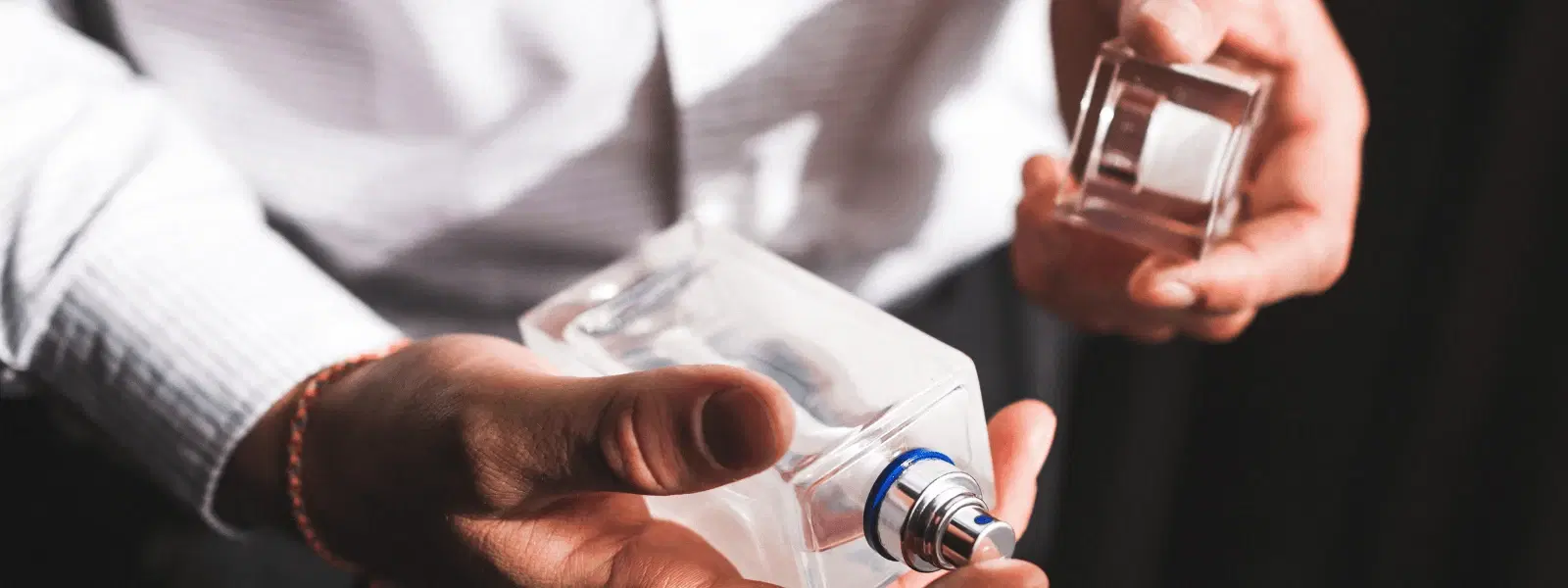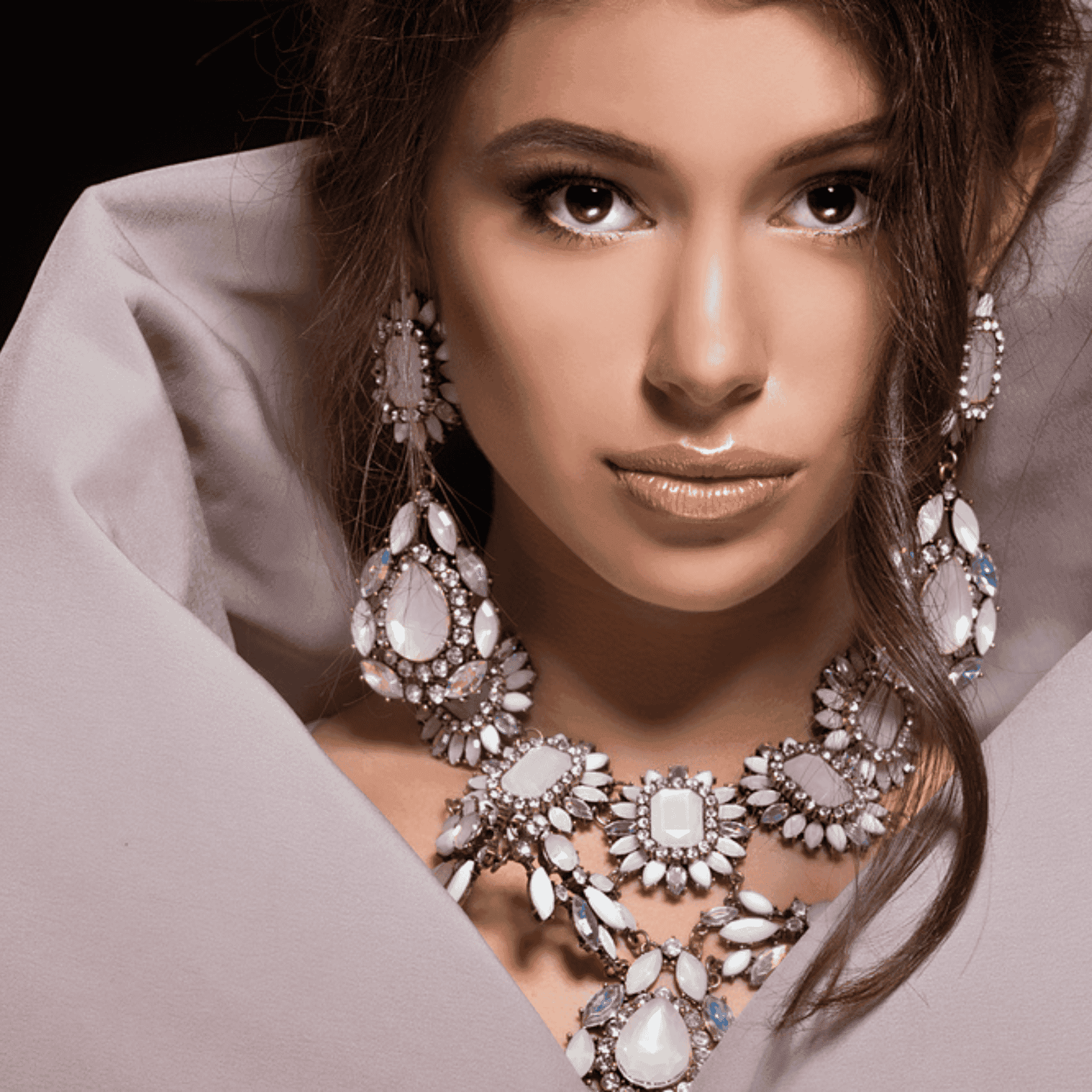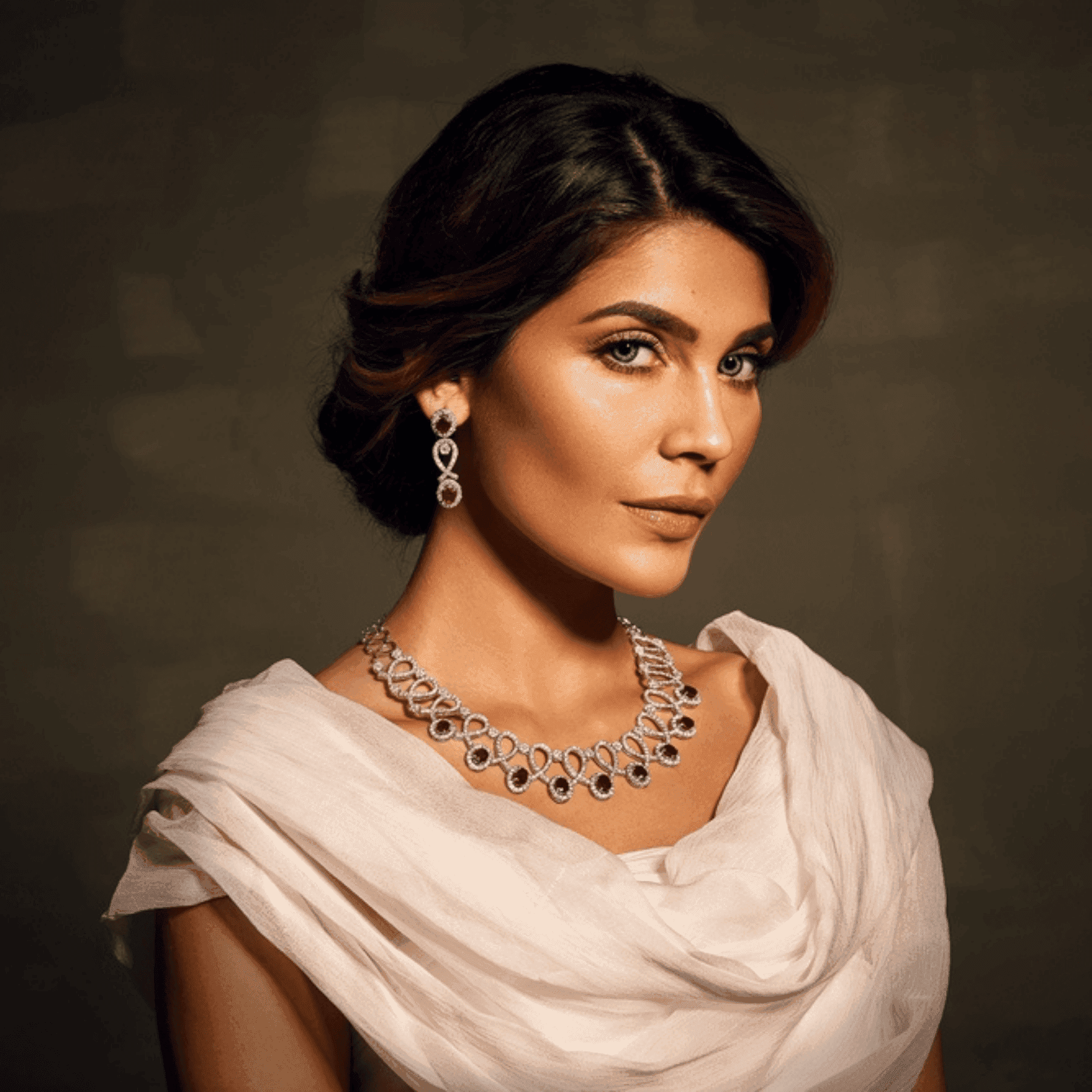
Luxury Edit
•03 min read
-8704a161-e35d-4932-b982-017add6889b1.png&w=3840&q=75)
Perfume is more than just a fragrance; it’s an experience and a mode of self-expression. For many, the question remains: why are perfumes so expensive? In this post, we dive into luxury fragrance pricing elements to reveal what drives the cost of high-end perfumes. From rare premium fragrance ingredients to intricate artisan perfume creation, you’ll gain a clearer view on designer perfume costs and be able to assess whether an exclusive fragrance collection aligns with your style and values.
The Ingredients Behind the Price Tag
High-end perfumes captivate the senses with rare and exotic components. Ingredients like oud, ambergris, and jasmine are not only luxurious but also harvested through labor-intensive methods. While synthetic alternatives exist, they often lack the depth and allure of natural extracts. Ethical sourcing and a commitment to sustainability add to the cost, ensuring that curated collections carry the heritage of fine craftsmanship. Expert artisans spend years perfecting the balanced blend of every fragrance, making perfume not just a scent but a piece of art.
Artisan Perfume Creation
Renowned master perfumers, sometimes referred to as the artful "noses," invest their expertise in blending these rare ingredients. The process is complex: every note is carefully measured and combined to create a fragrance that lasts and resonates with the wearer. This detailed craftsmanship is at the heart of luxury scent production. Without the refined skill of these artisans, the final fragrance would not carry the story, depth, and uniqueness that luxury fragrance aficionados seek.
Insight Corner: Rare Reality
Did You Know? Rare ingredients like ambergris are derived from natural sources and can cost thousands of dollars per kilogram, making them one of the most expensive components in the world of luxury perfumes.
The Production Process: Time, Expertise, and Innovation

Creating a premium perfume is an elaborate process that demands both time and precision. Extensive research and development go into ensuring a scent’s uniqueness, from choosing the right premium fragrance ingredients to perfecting its composition. Techniques such as steam distillation and enfleurage are meticulously used to extract the purest essence from natural materials, which is why luxury scent production is highly regarded. Additionally, quality control remains paramount. Every batch is closely monitored to comply with rigorous safety and quality standards, ensuring that the cost of high-end perfumes mirrors the excellence delivered.
Packaging: The Art of Presentation
Luxury perfumes are distinguished by their exceptional packaging which complements their exclusive scent profiles. Designer perfume costs often cover striking bottle designs crafted with premium materials such as crystal and gold accents. This exquisite packaging is not just about aesthetics; it symbolizes the brand’s attention to detail and dedication to responsible fashion in every aspect. The carefully curated presentation amplifies the experience, contributing to why luxury scents cost more. The artistry in packaging elevates the overall appeal, making these perfumes a cherished collectible for style-savvy connoisseurs.
Marketing and Brand Equity
The narrative woven around high-end perfume is a key factor in determining its price. Expensive perfume brands invest robustly in million-dollar marketing campaigns that engage influencers and resonate with aspirational audiences. Strategic storytelling and elegant branding work together to establish an exclusive market niche. This element of the high-end perfume market goes beyond the scent itself, creating an aura of desirability. The resulting brand equity ensures that designer perfumes are not only accessories but also symbols of a lifestyle choice that celebrates individuality and curated luxury.
Checklist: Evaluating the Value of Expensive Perfumes
When deciding whether a premium fragrance is right for you, consider the following key points. First, check if the scent features rare or high-quality premium fragrance ingredients that set it apart. Next, evaluate the longevity and complexity of the perfume—does it offer a multi-layered experience reflective of artisan perfume creation? Assess the brand’s reputation for ethical sourcing and innovative production techniques. Also, consider if the packaging and overall presentation add value, symbolizing both tradition and modern luxury. Finally, determine if the fragrance offers an exclusive or limited-edition allure, aligning with the ethos of the high-end perfume market.

The cost reflects the use of rare ingredients, detailed artisan perfume creation, time-consuming production methods, and elaborate packaging.
If you value a unique scent experience, ethical production, and sophisticated design, expensive perfumes offer true luxury.
The combination of premium fragrance ingredients, expert craftsmanship, innovative production processes, and high-budget marketing contribute to higher costs.
Yes, expensive perfumes typically offer greater complexity, longevity, and a more refined scent profile compared to mass-market alternatives.
Luxury perfumes embody artistry, exclusivity, and meticulous craftsmanship. Every element from premium ingredients and innovative production methods to exquisite packaging plays a role in the cost of high-end offerings. This detailed exploration helps demystify why luxury scents cost more and allows you to appreciate the true value of these exclusive collections. By understanding the intricate processes behind every spray, you can better align your fragrance choices with your personal style and values, embracing fashion as both self-expression and a statement of identity.